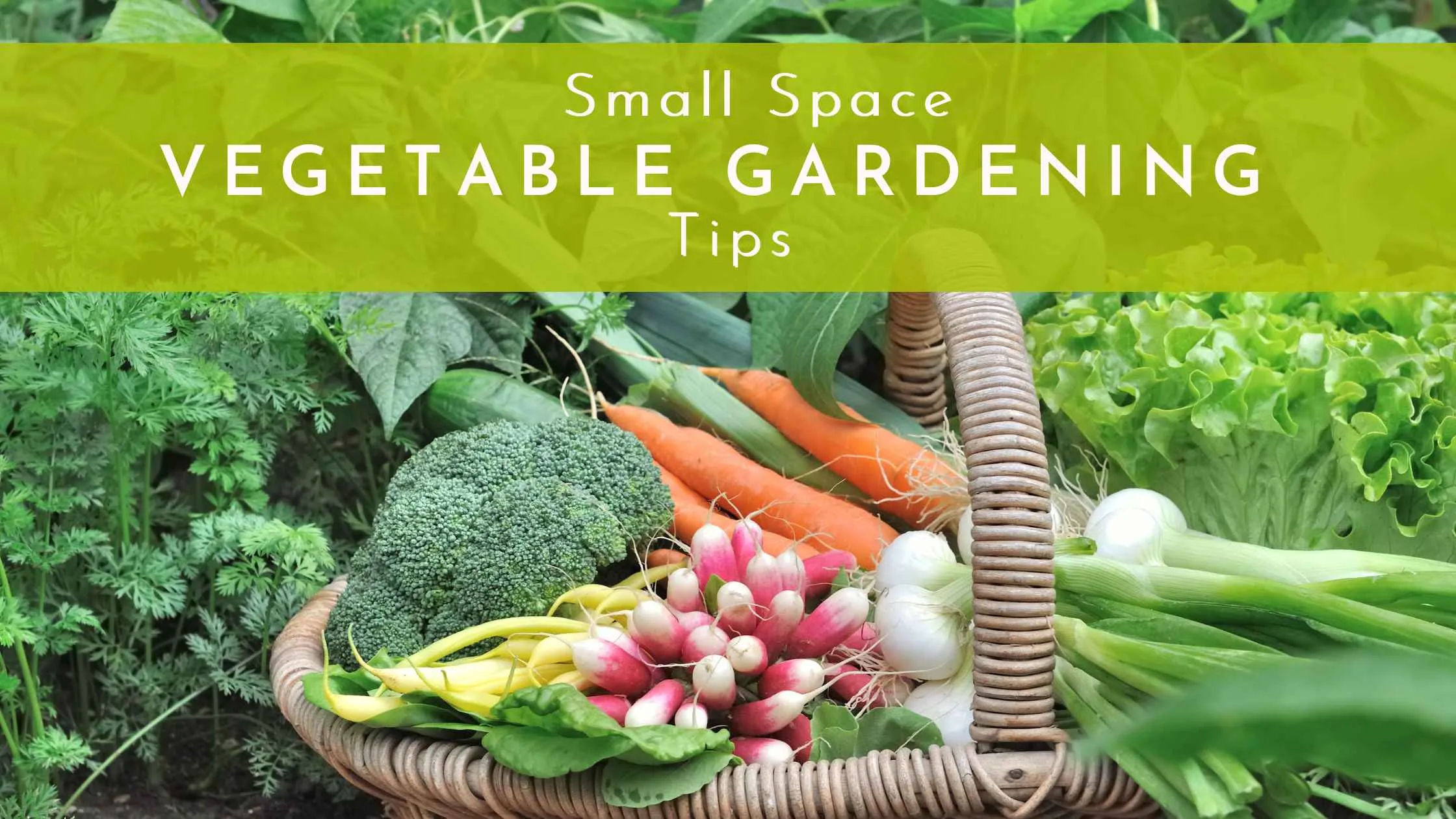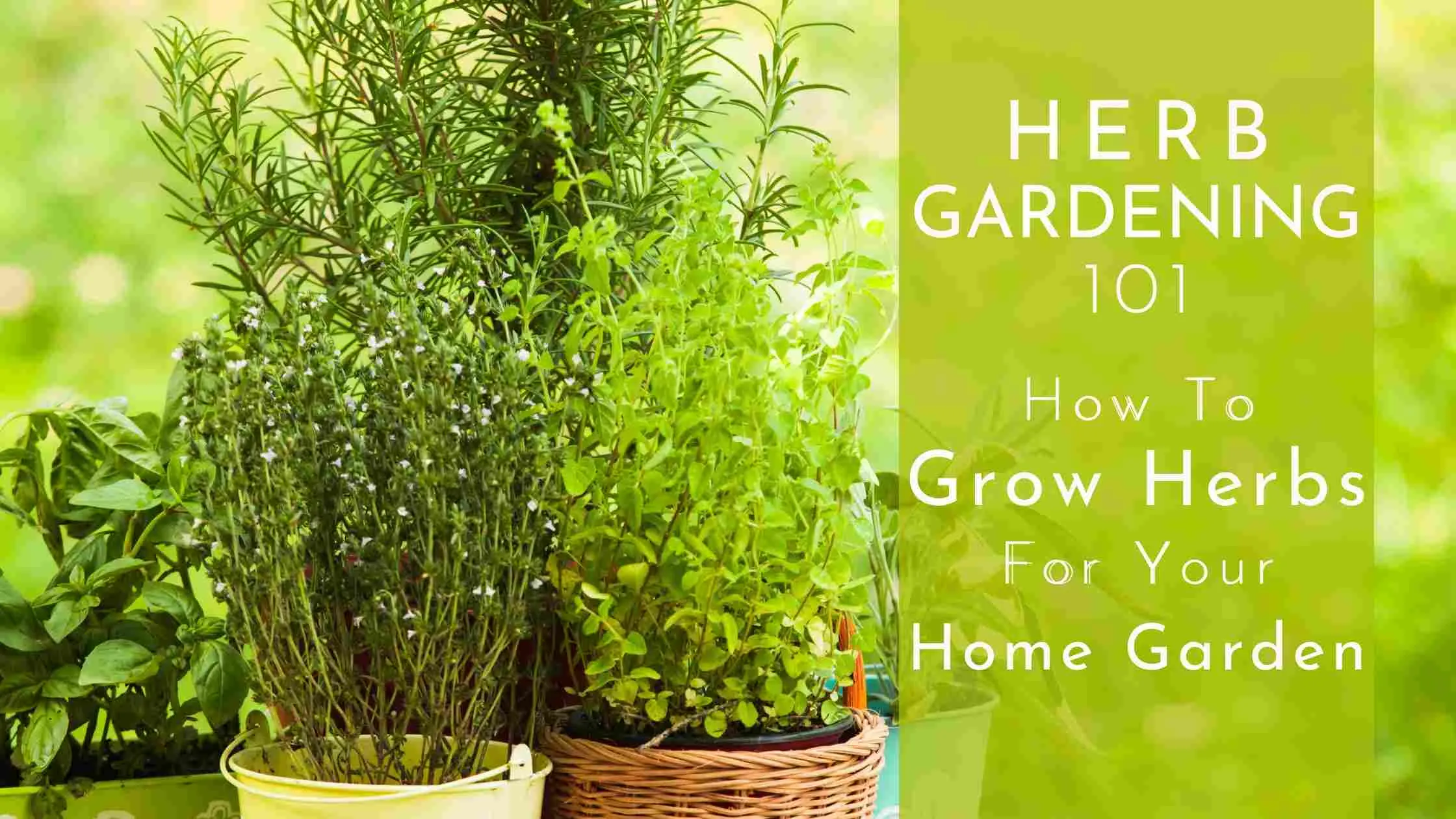Common Garden Pests In Ontario And How To Control Them - Naturally
In general, healthy plants can tolerate a few pests but if there are too many of them, it can affect the growth and development of the plants. Most pests can be controlled but before finding any solution, you need to be sure of the kind of pests you are dealing with.
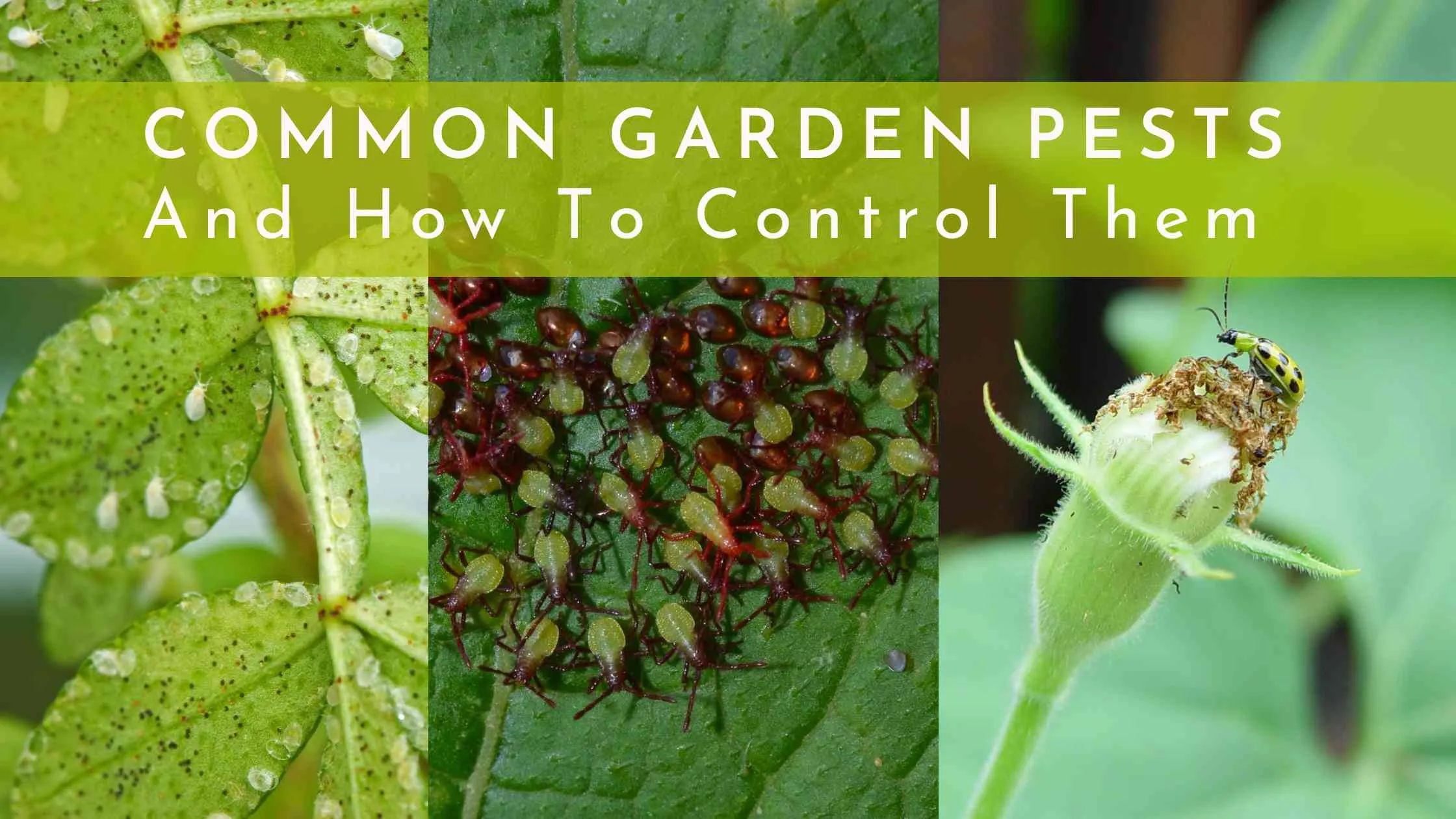
In this article, we are going to discuss how to get rid of garden pests using organic and natural methods. Especially when growing food, or anything that you can consume, you should avoid using chemicals as much as possible.
The following lists the most common garden pests in Ontario and effective methods to control them:
1. Aphids
Aphids are tiny sucking pests, with a one-week lifespan. They release a sticky substance that attracts ants and sooty mold. You can find them on the underside of leaves. The mature aphid female reproduces very fast.
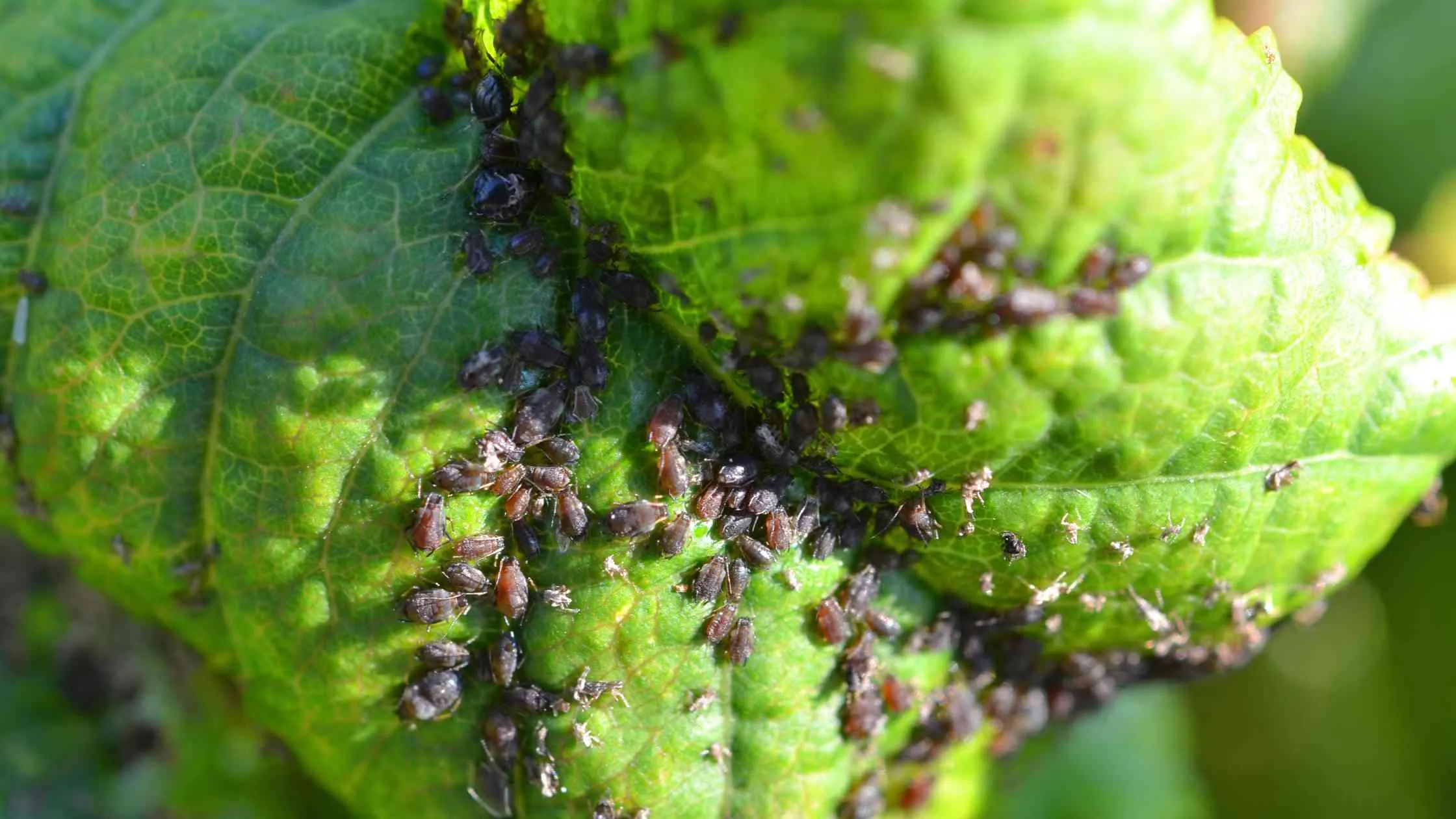
1.1 Physical Appearance
Aphids are small insects with pear-shaped bodies. They have different colors, including yellow, brown, red, green, gray, or black. Aphids can be winged or non-winged, depending on their life stage and species.
1.2 Signs of Damage
Aphids can cause deformed or distorted plant growth as they suck the plant juices. They usually attack the new plant's growth or leaf undersides in large groups.
1.3 Types of Plants Affected
Aphids can attack many vegetable plants including tomatoes, kale, lettuce, and cabbage.
1.4 Preventative Measures
To prevent aphid infestation, you can introduce flowering plants to your garden. They promote predatory insects that can protect the plants from aphids.
1.5 How To Control Aphids
To remove the aphids from plants, you can spray them with a sharp stream from the water hose or cover the plants with a floating row cover. If you are comfortable, you can also try hand-squishing.
Using horticulture oil, insecticidal soap, or a neem-based insecticides also helps to get rid of aphids.
2. Leaf Miners
Leaf miners are the larvae of different pests, like beetles, moths, and flies. The larvae feed on the inside of the leaves and create small trails or blotchy areas. They are usually harmless and don’t require any treatment.

2.1 Physical Appearance
Adult leaf miners do not feed on plants, but their small larvae feed the plant tissues. They can be green or brown.
2.2 Signs of Damage
As leaf miners feed on the inside of the plant, they form a tunnel between layers of leaf tissue. It creates wavy lines or tunnels on leaves.
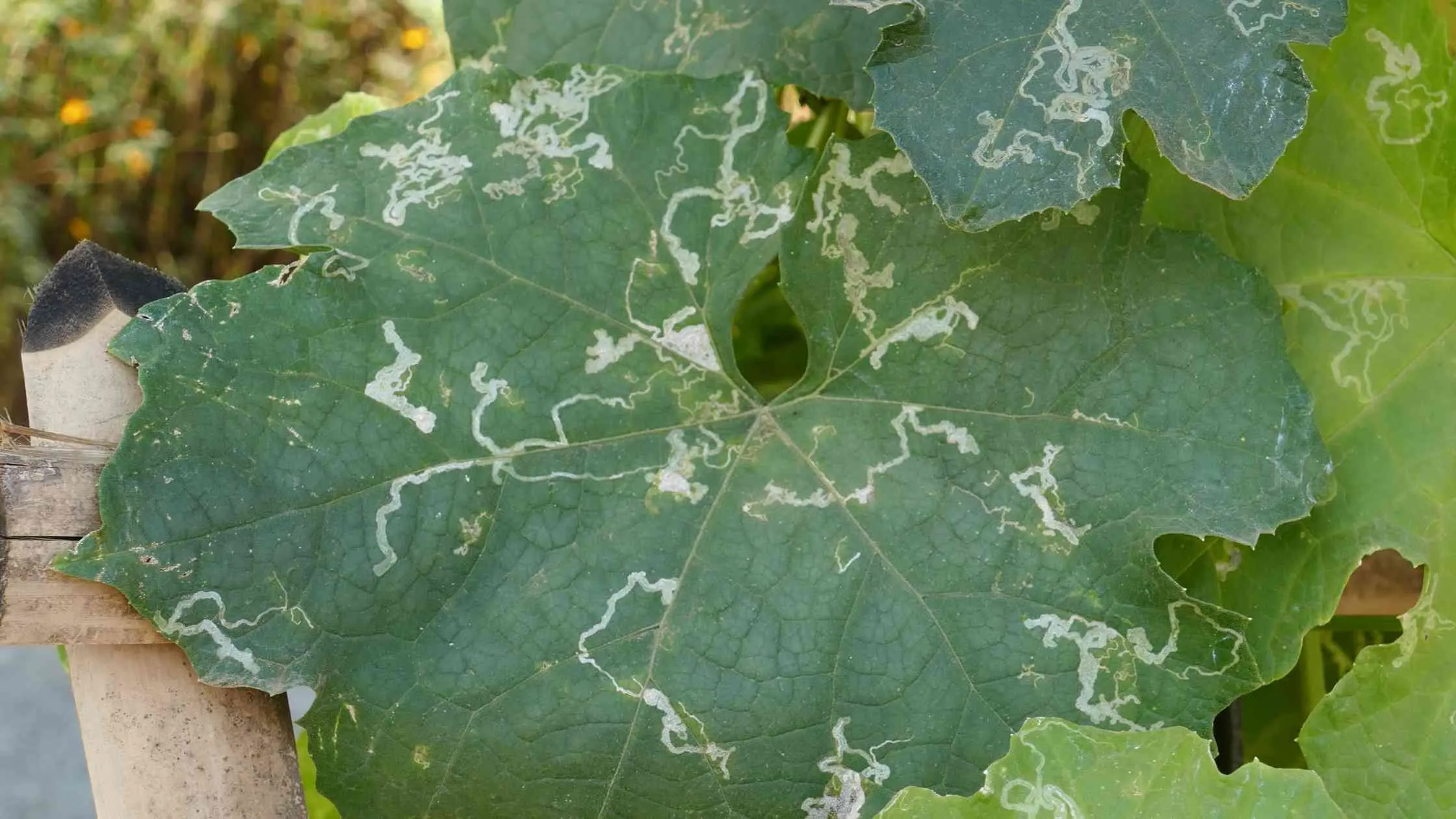
2.3 Types of Plants Affected
You can find different species of leaf miners on different plants. The most common host plants of leaf miners include nasturtiums, chard, spinach, beets, and blueberries.
2.4 Preventative Measures
To prevent leaf miner infestation, you can use sticky traps to catch egg-laying adults or use insecticidal soap. If you find leaf miners on your plants, cut off the leaves where you see the tunnels and throw them in the garbage to eliminate the risk of another generation.
2.5 How To Control Leaf Miners
It is quite difficult to control leaf miners because the larvae are inside the leaf tissue layers. You can apply neem oil or use floating row covers to prevent the adults laying eggs on your plants. You can also promote flowering herbs in your garden to attract beneficial insects to control the leaf miners.
3. Slugs
Slugs are land-dwelling mollusks. They are not actual insects but they feed on plant leaves and cause severe damage to them.
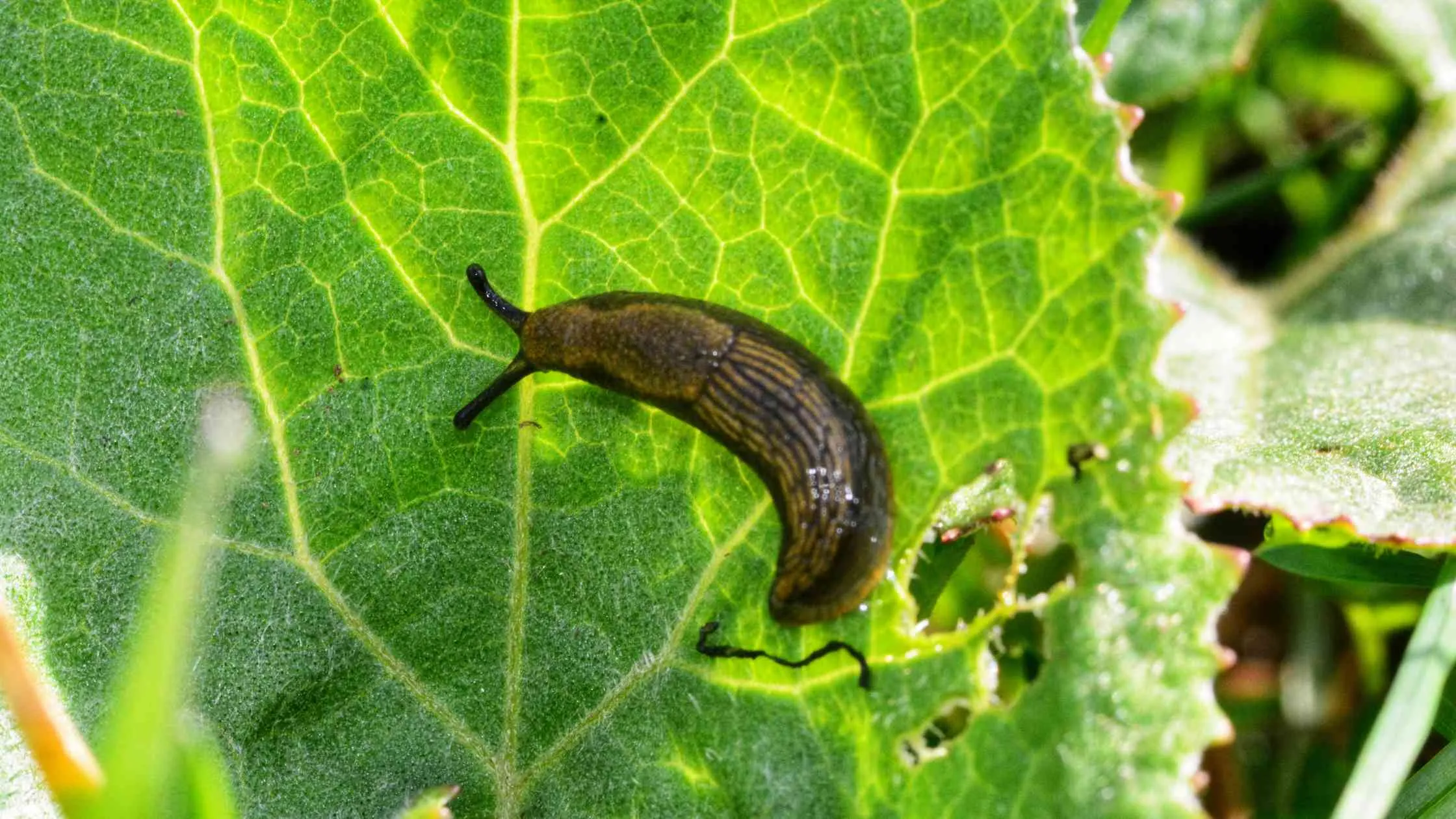
3.1 Physical Appearance
Slugs are often mistaken for snails. Unlike snails, slugs do not have shells and they can be grey, orange, brown, tan, black, or mottled. They have a slimy trail behind them.
3.2 Signs of Damage
Slugs create irregular holes in leaf centers or margins. It is difficult to find them in the daytime because they feed during the night or on rainy days.
3.3 Types of Plants Affected
Seedlings and young leaves are the favorite food of slugs and snails. They feed on almost all vegetable and plant species.
3.4 Preventative Measures
To prevent slugs, you should water the plants in the morning only because they feed on wet foliage during the night. Encourage frogs, toads, birds, and snakes in the garden because they feed on slugs. Placing copper strips around the plants also prevents slugs and snails due to a chemical reaction with their slimy bodies. However use very sparingly to avoid excess copper getting into your crops.
3.5 How To Control Slugs
The best way to control slugs is by handpicking and putting them in a jar with soapy water. You can also use slug baits but only use bait that contain active iron phosphate, as metaldehyde or methiocarb bait can be poisonous to wildlife and pets.
4. Tomato Hornworm
Tomato hornworms are large nocturnal moths with brown or gray wings. The plump caterpillars of tomato hornworms can grow as big as four inches long. They can destroy all the leaves on a small to medium plant in a single day.
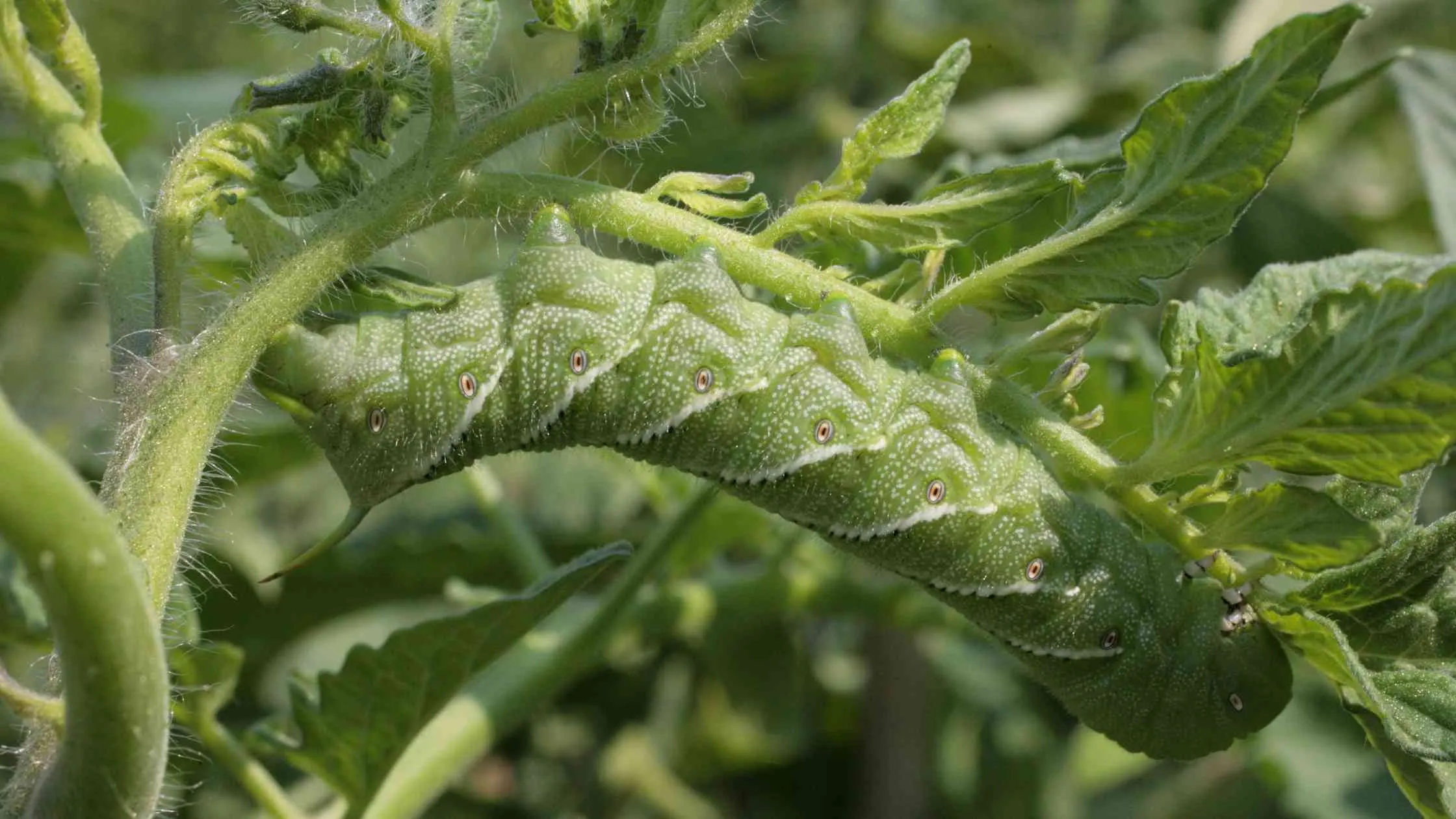
4.1 Physical Appearance
The caterpillars of tomato hornworms are green and have white stripes or V marks on the side of their body. They also have a soft horn protruding from their posterior.
4.2 Signs of Damage
The eaten leaves from the top are the signs of tomato hornworms. These garden pests usually eat at night and hide in the foliage during the day, so it can be difficult to find them.
4.3 Types of Plants Affected
Tomato family plants are prone to tomato hornworms. These plants include potatoes, tomatoes, peppers, tobacco, and eggplants.
4.4 Preventative Measures
Planting flowers near susceptible plants attracts small cotesia wasps. Their young ones feed on hornworms, so the hornworm population is reduce gradually
4.5 How To Control Tomato Hornworm
Handpicking is a more effective way to control tomato. Regularly inspect your plants and remove any if found. Do not destroy the hornworms with white cocoons hanging from their back. These rice-like cocoons are from parasitic wasps.
5. Squash Bugs
Squash bugs are known for being one of the most difficult pests to control once their number gets out of control. Generally, they attack young and tender plants and seedlings. The plants become wilted and eventually die.
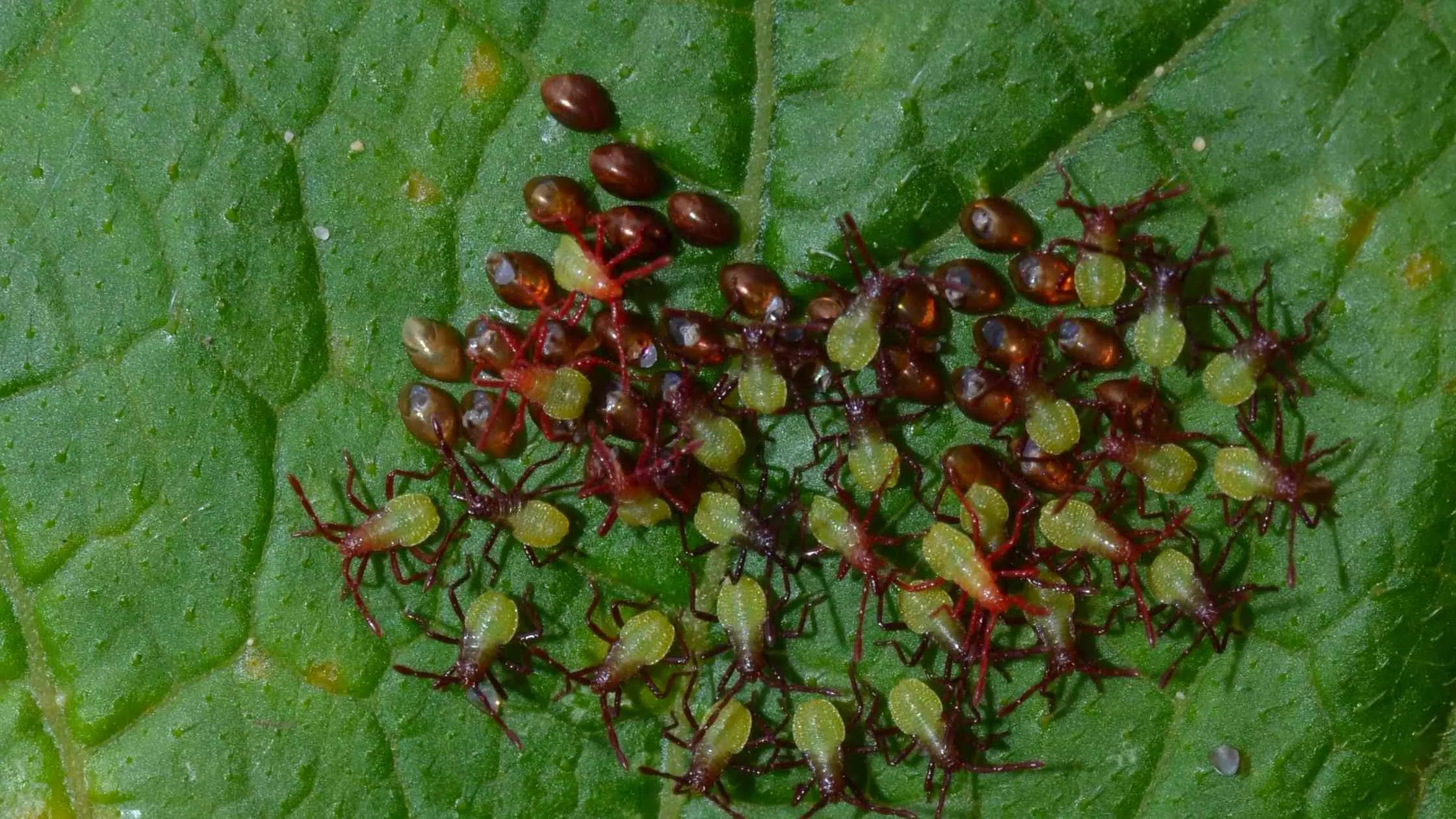
5.1 Physical Appearance
Adult squash bugs can get as bigger as 5-8 inches with a dark brown color. They have large bodies with an oval and flat shape. The nymphs don’t have wings and have a greyish color. They attack the plants and feed in groups. Similarly, the bronze squash eggs are also laid in groups.
5.2 Signs of Damage
Adult squash bugs and nymphs have a needle-like mouth with which they suck plant juices. The first indication of squash bugs is damaged leaves. The damaged leaves have yellow marks and gradually turn completely yellow and die at the end. If the infestation is severe, plants turn crispy.
5.3 Types of Plants Affected
Squash bugs attack mainly the cucumber family. It includes squash, zucchini, cucumbers, melons, and pumpkins.
5.4 Preventative Measures
The best way to prevent squash bugs is to rotate the crops with resistant plant varieties. You can also use wooden or metal frames to keep the vines off the ground.
5.5 How To Control Squash Bugs
Controlling squash bugs is not an easy job but you can take some measures to reduce the population. Firstly, use a floating row to cover the plants until flowers are produced.
Check and remove the eggs of squash bugs daily with a help of a piece of tape. Make sure to also check the underside of the leaves as most bugs lay their eggs on the underside of leaves. Chemical products don’t have any significant effects on adults, but nymphs can be eliminated with neem or insecticidal soap.
6. Whiteflies
Whiteflies are also sap-sucking pests. If whiteflies are in small numbers they cannot cause much harm but in case of a large infestation, the leaves turn yellow or dry and then fall off the plants.
Whiteflies create a sweet substance that attracts ants and sooty mold.
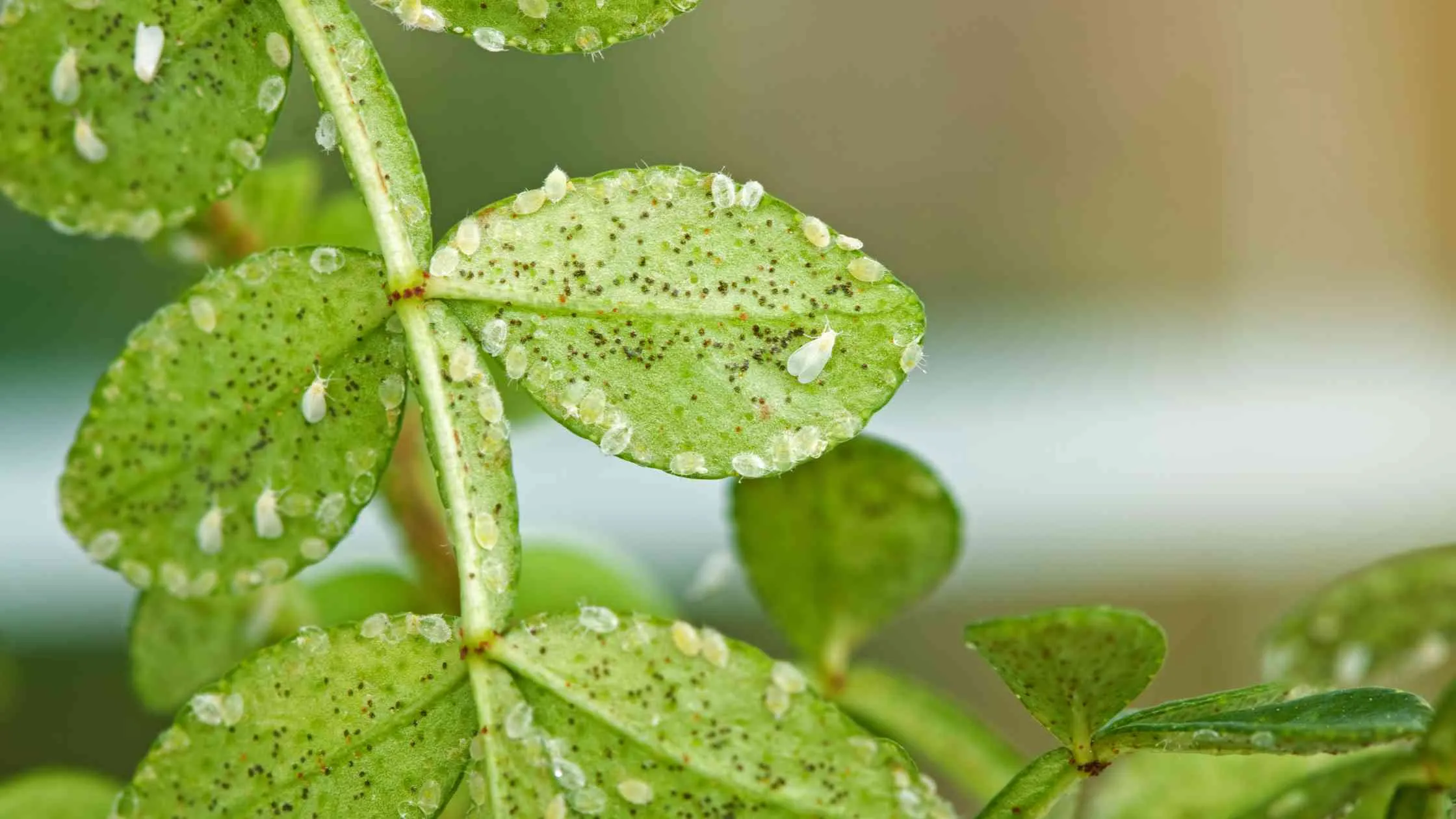
6.1 Physical Appearance
Whiteflies are white moth-like tiny flies. They infest the plants in large numbers and are usually present underside of leaves. Sticky honeydew can be found on the infested plants which is the excrement of the flies.
6.2 Signs of Damage
Weak plants with yellow and wilted leaves might be a sign of whiteflies. Adult and nymph whiteflies suck plant juices. In severe cases, plant leaves start dropping off the plants.
6.3 Types of Plants Affected
The most common types of vegetable plants affected by whiteflies are tomatoes, citrus, peppers, potatoes, and some others.
6.4 Preventative Measures
To prevent whiteflies, you can use floating covers over plants. Another significant measure you can take is to inspect the new plants carefully before purchasing them from a nursery.
6.5 How To Control Whiteflies
The best technique to control whiteflies is using a yellow sticky card. The cards are hung over the top of the plants so that the adult flies get stuck to them. It helps in preventing the new generation. Furthermore, you can use horticulture oil, neem, and insecticidal soap to stop the whiteflies' infestation.
7. Cucumber Beetle
Adult cucumber beetles usually emerge from mid-June to early July. They can stay in the field throughout the summer season. Early populations of cucumber beetles feeding on the fruits can reduce the yield drastically.
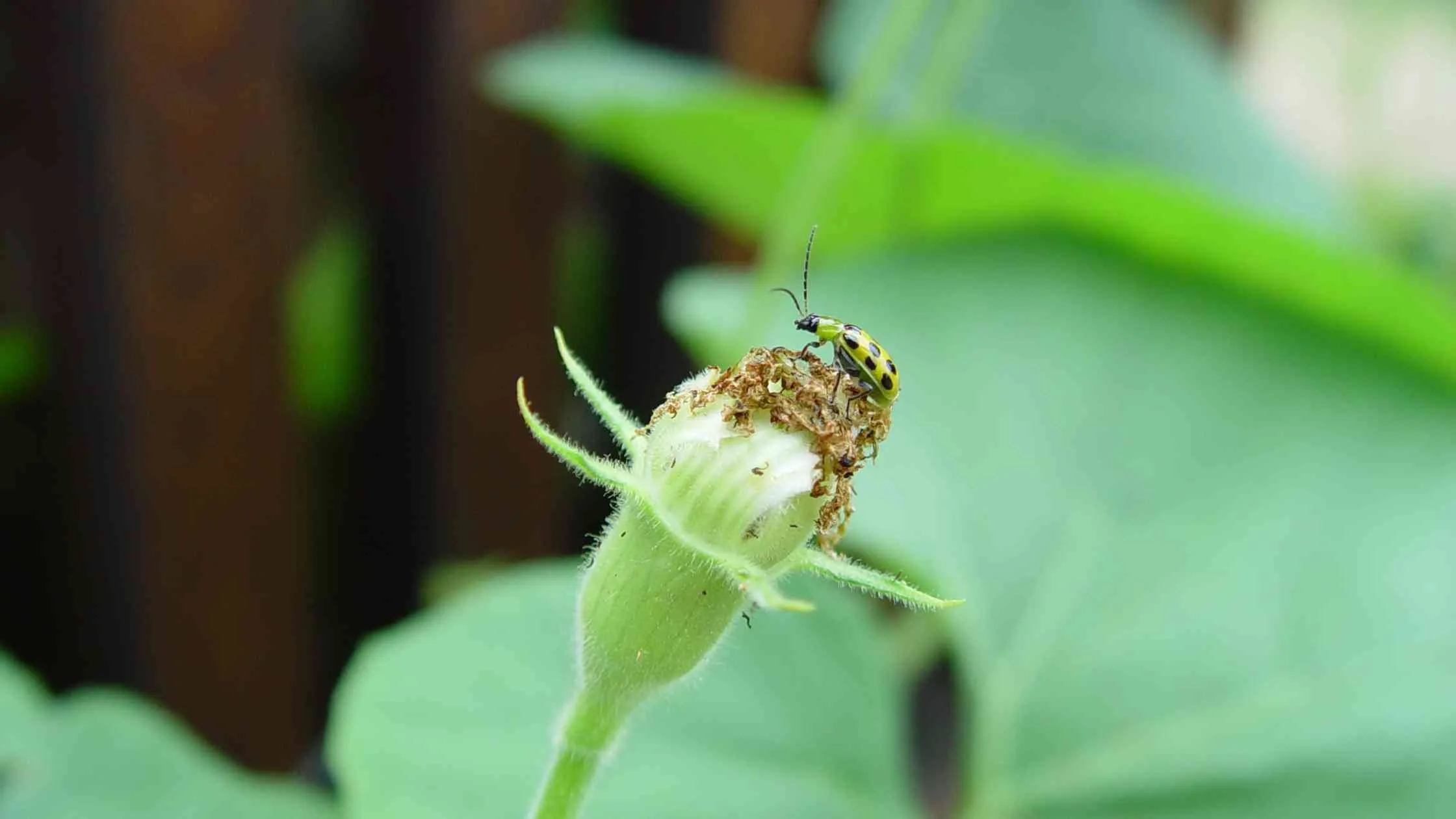
7.1 Physical Appearance
Cucumber beetles are ¼ inches long once they are fully matured. These beetles have a bright yellow color and some species have spots while others have black stripes on their body. The larvae of cucumber beetles live underground and are rarely seen.
7.2 Signs of Damage
If you see small and ragged holes in the leaves and flowers there might be adult cucumber beetles feeding on your plants. They also transfer bacterial wilt to the plants.
7.3 Types of Plants Affected
All plants from the cucumber family can be affected by cucumber beetles. For instance, melon, cucumbers, pumpkins, squash, and even gourd can be the host of these beetles. But they are not limited to the cucumber family only, sometimes, you can even find cucumber beetles on beets, corn, and beans.
7.4 Preventative Measures
Cucumber beetles are less likely to attack bacterial wilt-resistant plants and cucumber-beetle resistors. Therefore, you can plant Saladin, Little Leaf 19, Gemini cucumbers, muskmelons, and some varieties of squashes, because they are good repellents of beetles.
7.5 How To Control Cucumber Beetle
Using a floating-row cover is the best option to protect your plants from cucumber beetles. When the plants bloom flowers, you can remove the covers to promote pollination. To prevent egg-laying in susceptible plants, you can use mulch with straws or hay. Organic matter, like spinosad-based pesticides, is also the most effective against beetles.
8. Carrot Rust Fly
The adult carrot rust flies emerge from May to June in their favorable cool and moist condition. The females can lay up to 40 eggs near the base of the plant in 1 to 3 groups of eggs. The pupae can be found in the soil near the plant, and the larvae are usually present in the roots of the host plant.
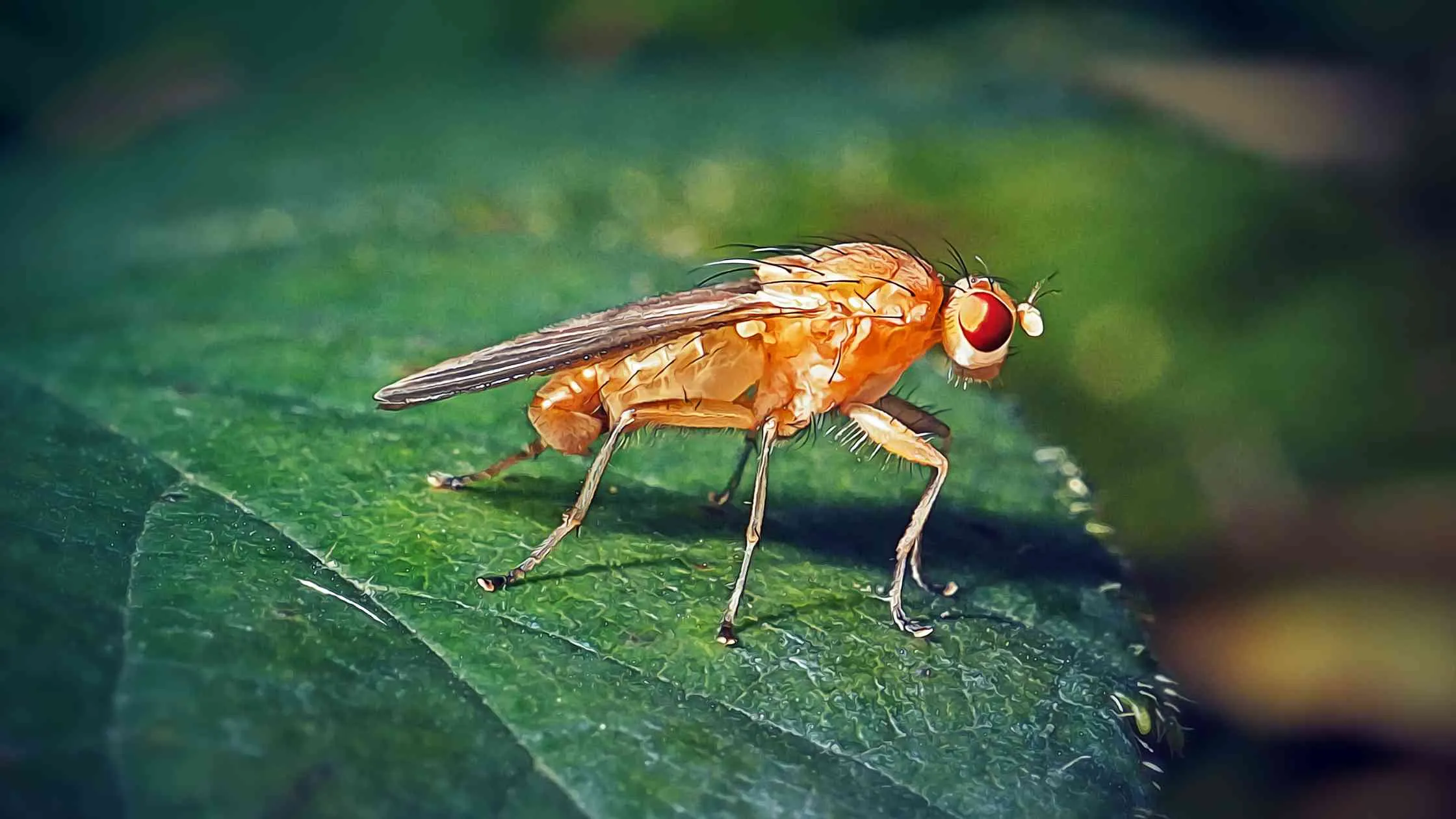
8.1 Physical Appearance
Adult carrot rust flies are small flies with a shiny black color and an orange head and legs. The larvae of these flies are tiny and beige-colored maggots. Carrot rust fly is becoming more problematic day by day and needs a solution for the protection of the plants.
8.2 Signs of Damage
Carrot rust flies leave larvae to feed on the crop roots. They make tunnels and scars on the roots and the damage gets more prominent as the season progresses. So the first indication of carrot rust crops is the formation of tunnels and scars on the bases.
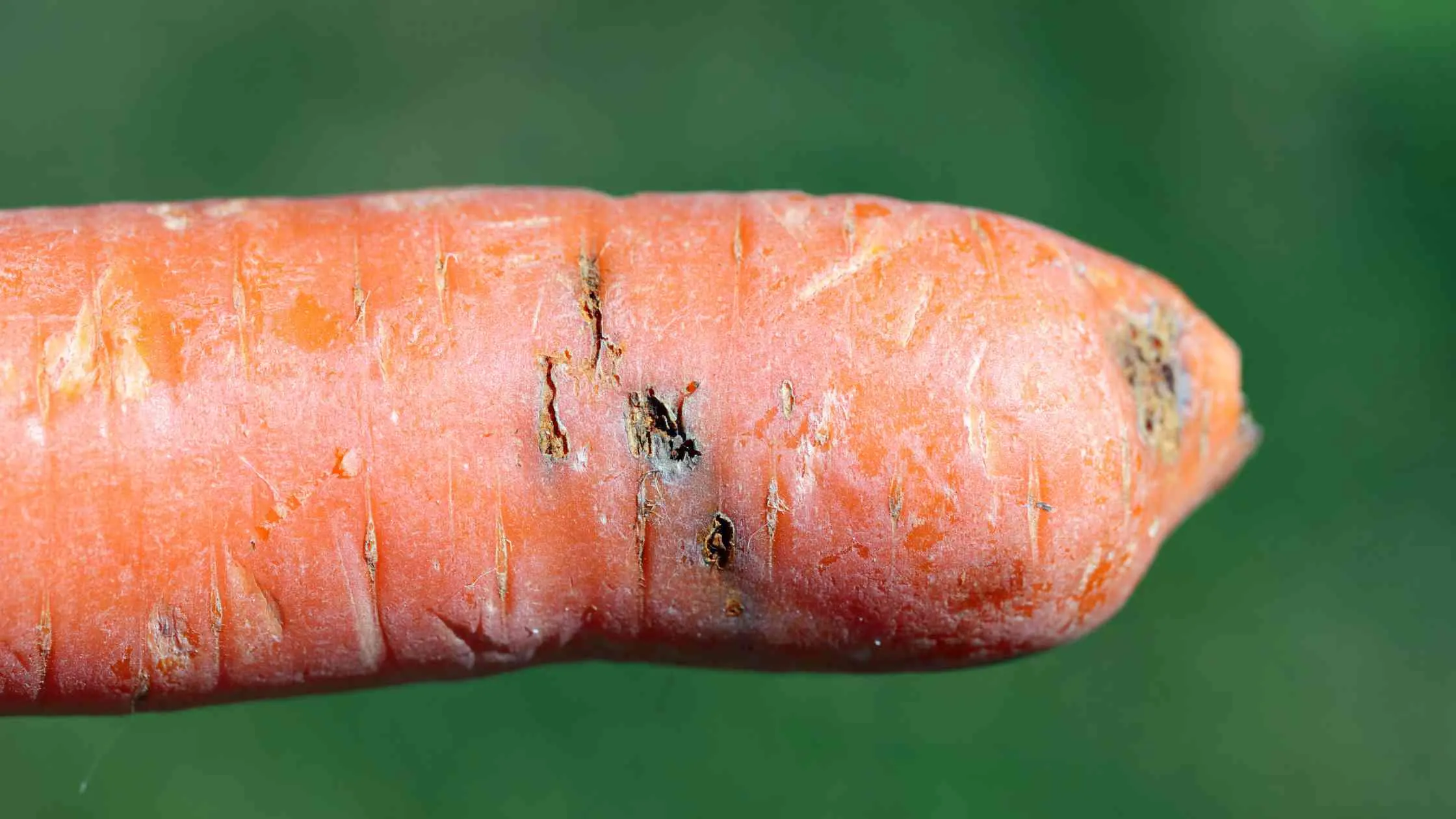
8.3 Types of Plants Affected
The most common hosts of carrot rust flies are vegetable crops including carrots, celery, parsley, parsnip, celeriac, and some others.
8.4 Preventative Measures
Adult carrot rust flies are not good fliers so rotating crops every season can help to control their growth. Also, pick the site downwind from last year's crop location. For further precautionary measures, you can wait to plant the vegetables until late May or early June to avoid the mating time of these pests.
8.5 How To Control Carrot Rust Fly
To protect carrots and other vegetable crops from carrot rust fly, you should use floating row covers, right after planting the seedlings until you harvest the produce. Female adult carrot rust flies to find the host plants from their smell. Planting onions, garlic, and chives with the susceptible crops can reduce the chances of infestation and limit egg laying.
You can release beneficial nematodes into the soil near your crops to control the larvae population. The most effective species of nematodes are in the genus Steinernema, which can be applied in the spring. For further instructions, you can see the package of the product.
Other Ways To Deter Pests In The Garden
There are many other ways to eliminate garden pests Ontario. You can plant flowering herbs or annuals with your vegetable patch to attract beneficial insects. These insects prey on garden pests and control their population.



